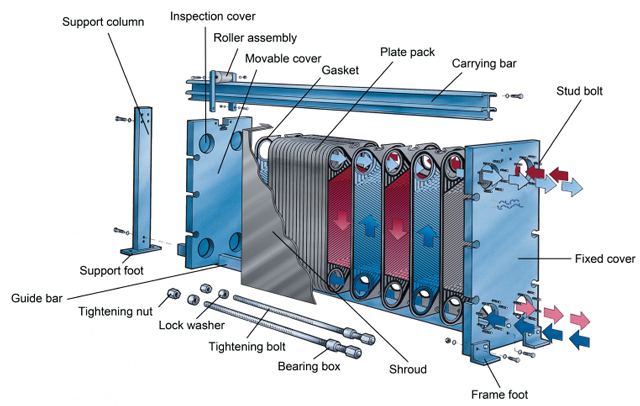Valintaopas
Tärkeät ominaisuudet
Levyteknologia
Levylämmönvaihtimet vs. putkilämmönvaihtimet
Levylämmönvaihtimen toiminta
Laskentamenetelmä

